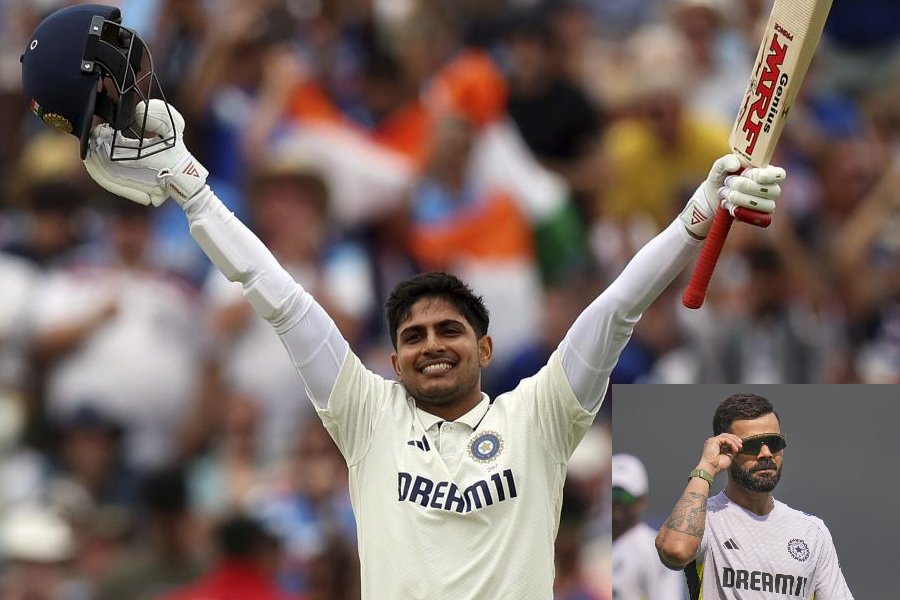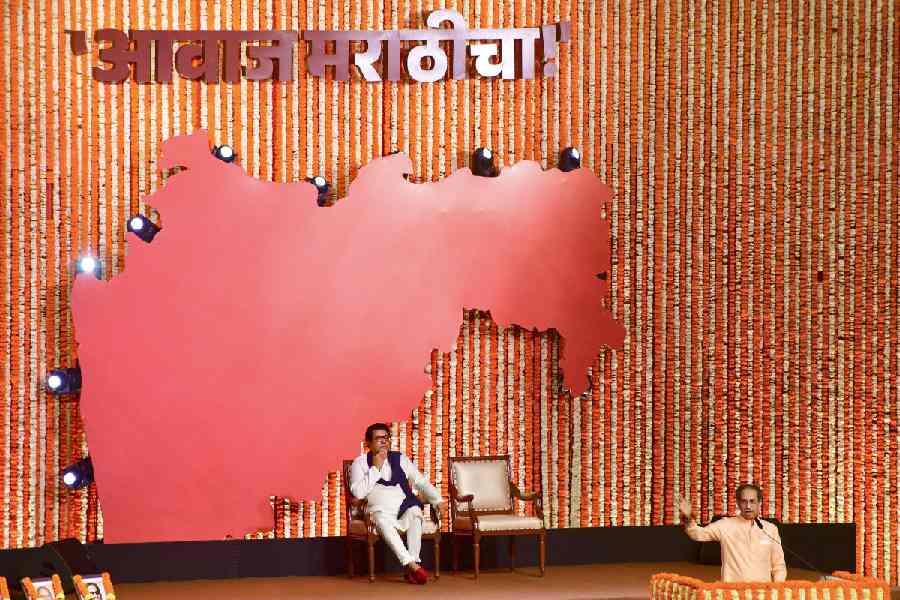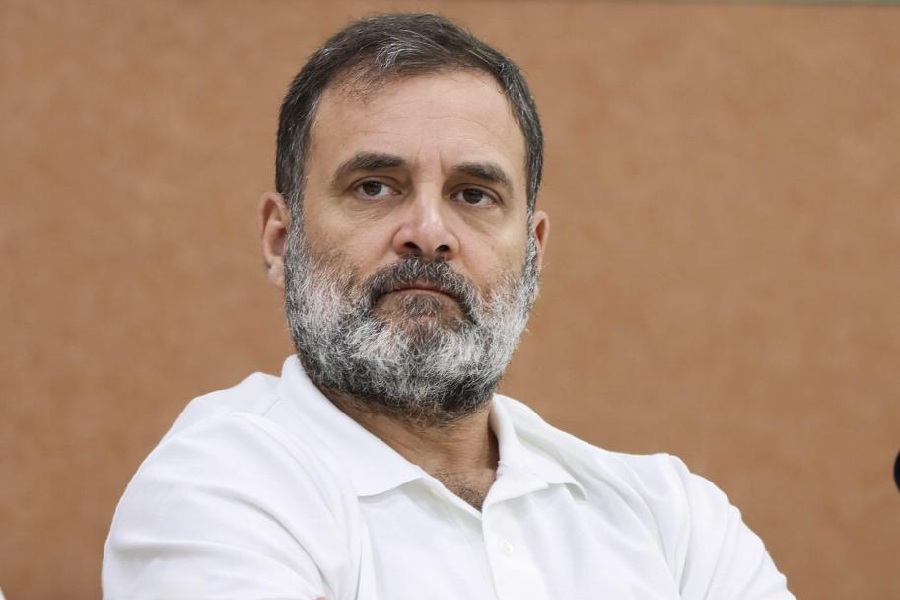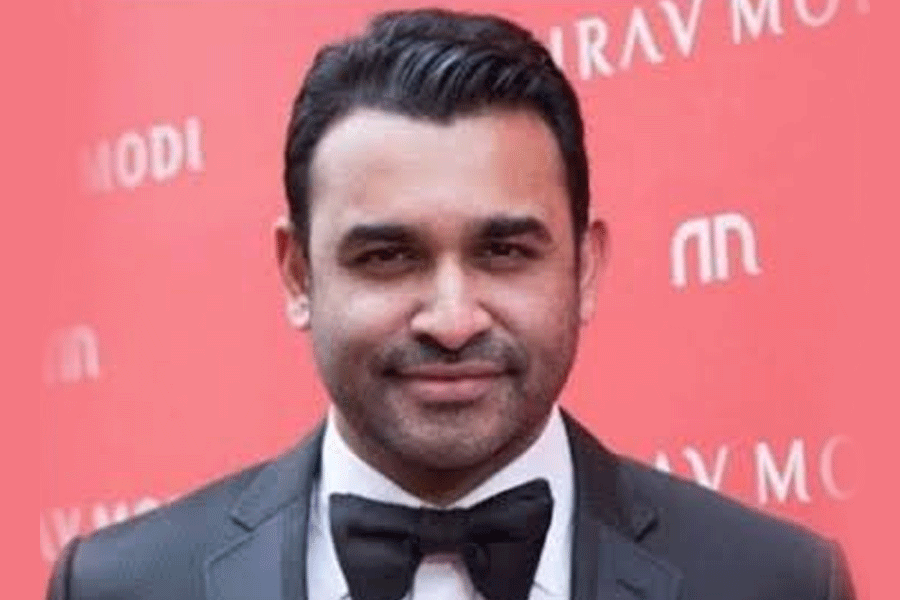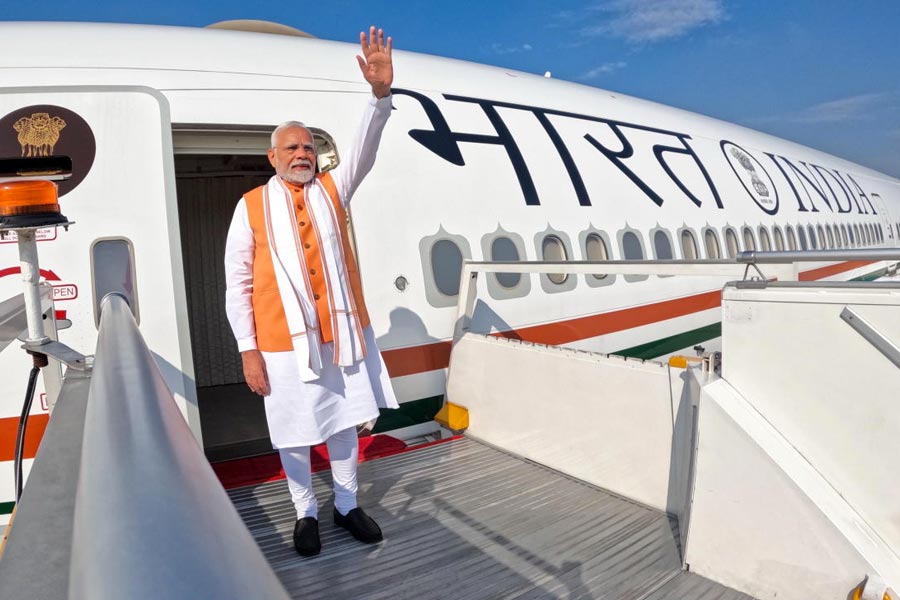
Techniques are teachable. But creativity? How can one pick up what is, essentially, an unfathomed circuitry of instinct, imagination and skill sparked by stimuli? And the input of 99 per cent perspiration is a continuous process: of learning, unlearning, experimentation. Hence, though art schools turn out graduates, they can't always turn out artists. Particularly if they choose to remain casual practitioners. As underlined by two recent shows where a rigorous, vigilant self-correction and renewal were sorely needed.
The first, at Maya Art Space, featured Pradip Saha, whose edgy romanticism is reflected in his naturescapes. His craft, too, is fairly assured, particularly in imitating aged murals as partly decipherable images wrestling through the siege of weathered, scumbled tempera. Or in depicting the oppressive, toxic atmosphere of cities. Unfortunately, however, Saha isn't merciless in self-appraisal, allowing his standards to slip at times.
The second show called for a more stringent screening of works , even though pats on the back are due as well: what had started as the Group with five well-known women artists in 1983 now has 15. This show, at the Academy of Fine Arts, was its 33rd annual. Lasting and expanding deserve applause, certainly. But complacency shouldn't cloud a critical eye.
The best works come from Shyamasree Basu and Banasri Khan. The flattened, colliding, tearing planes that Basu builds up speak of a seasoned artist's felicity in her medium. Khan's bronze tableaux - like the one of whirling dervishes - are thoughtfully composed. Another sculptor, Nilima Goel, reinvents junk into a rugged topography. Rina Mustafi's hectic flurry of strokes, Santwana Dutta's scribbled loops and Bharati Chaudhuri's monoprints indicate a promise that awaits relentless exploration.


